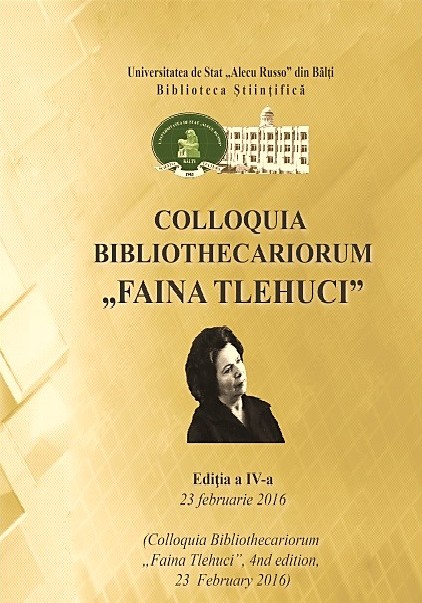
COLECŢIILE BIBLIOTECII – VALOARE ŞI CONTINUITATE
Acest capitol cuprinde articole care vin să valorifice colecţia de carte a Bibliotecii Ştiinţifice USARB.
More...We kindly inform you that, as long as the subject affiliation of our 300.000+ articles is in progress, you might get unsufficient or no results on your third level or second level search. In this case, please broaden your search criteria.

Acest capitol cuprinde articole care vin să valorifice colecţia de carte a Bibliotecii Ştiinţifice USARB.
More...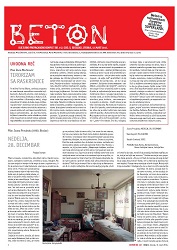
UVODNA REČ, Đura Miočinović: Terorizam sa raskrsnice; Joana Prvulesku: NEDELJA, 28. DECEMBAR; Vlad Zografi: POLJUBI ME!; Katalin Gomboš: SKICE; POEZIJA: Radu Vanku, Adrijan Zalmora, Elena-Gabrijela Lazara, Leticija Ilea
More...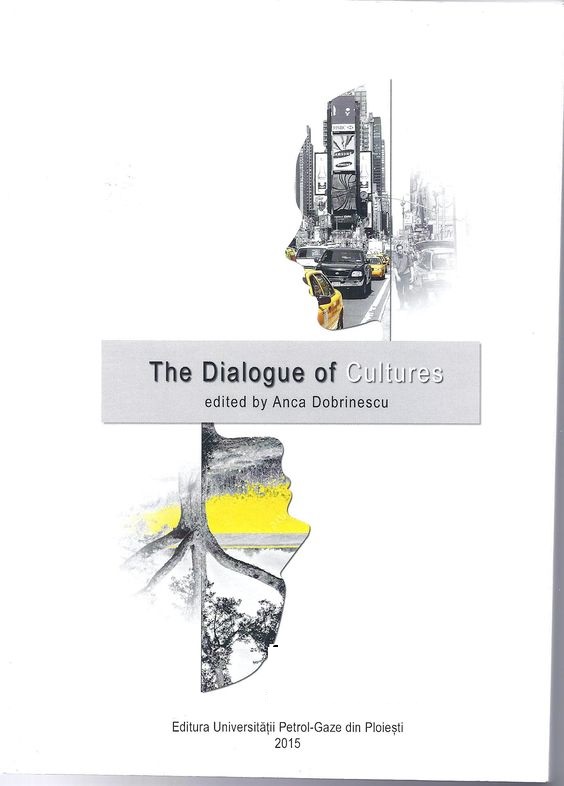
In a world subject to constant change and reconfiguring, societies, previously understood as mono-cultural, have incontestably been refashioned multicultural. The permeability of frontiers made individuals realize that, as denizens of the world, rather than citizens of a country, we live in and through the cultural encounter. Survival is about learning to live at the border, or rather across the borders, where the essential skill is to sense and value diversity and thus cherish the cultural dialogue. Fiction in dialogue with other art forms; fiction as an act of resistance; fiction across cultural borders; cultures in contact; the cultural clash; identity and the cultural and linguistic conflict and dialogue; migration and its linguistic challenges have offered the authors the chance to meet and exchange ideas.
More...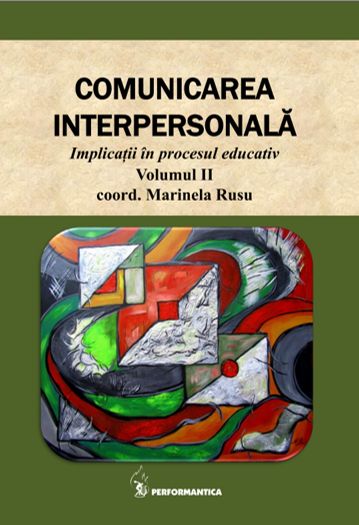
The formative role of reading is obvious in today's society marked by unrest of all kinds. Reading can and must become a moral support in the turbulent times we live in. All generations can find in reading a continuous life partner, a necessary and surprising way out of the daily labyrinth. From a formative point of view, reading literary texts develops thinking, imagination and the ability to communicate, offering themes and topics for discussion and debate, so encouraging the act of reading must become an imperative of contemporaneity.
More...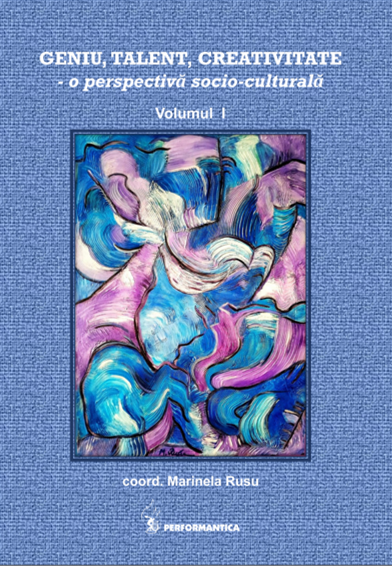
The gesture of leaving a given environment/milieu or an exteriorization of "interiority" and "subjectivity" is as risky as that of suicide to understand death. Forgetting, ultimate sincerity, exaltation, deconstructive memory could be quite unexpected and unwanted forms of death by anchoring in an unknown port marked by anxiety, or eviscerating an eye, that is, restricting vision, vision and creative imagination under the tyranny of the ideas. I added three individual models. "Notebooks" are a threshold, e.g. a space for intermediation, exit or entry, or stumbling. The warning in the pavilion would sound like this: We can be guided by utopias and generous ideas, but they can degrade, becoming ideologies that lead to dystopias, nihilism, disasters, frustrations and self-frustrations, regrets. "Let's leave the door open for us," Theodor W. Adorno urges us somewhere in A Message from The Bottle, that is, to leave neither hope nor the possibility of returning to ourselves, that is, after the beautiful Romanian saying of "come to our senses", to return to our (human) nature.
More...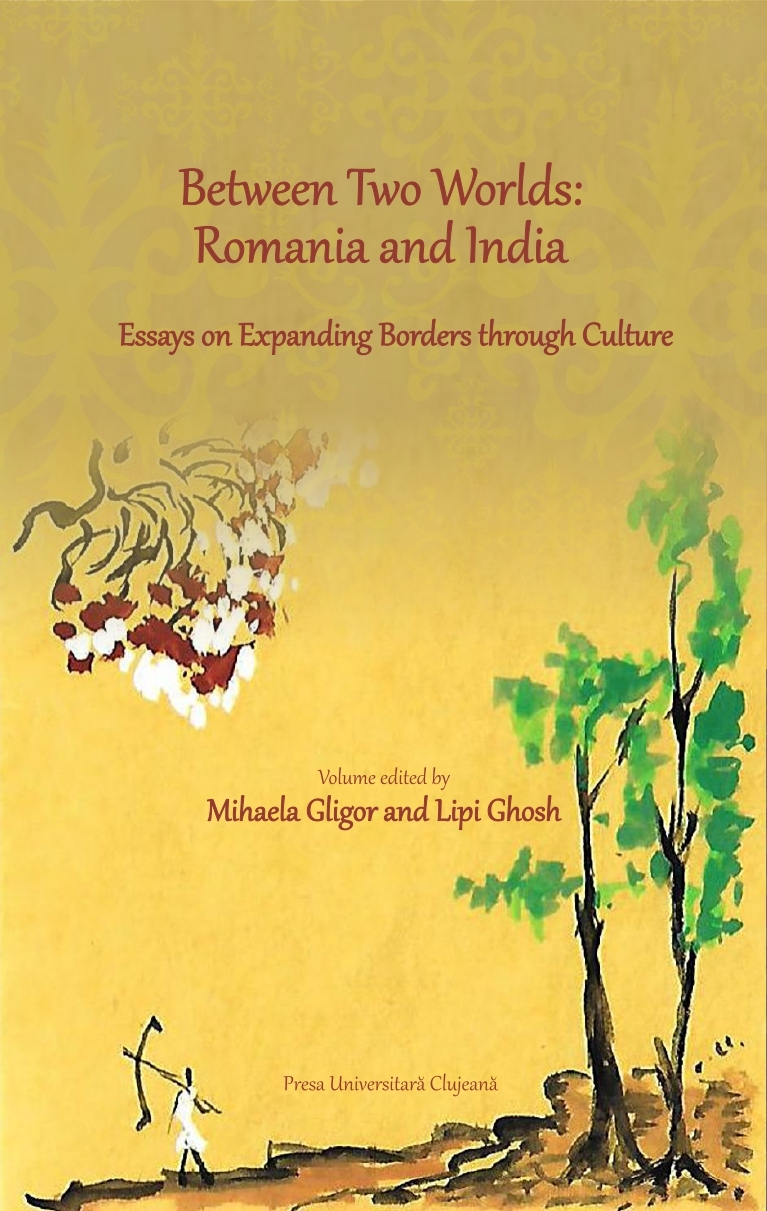
The cultural relations between India and Romania are interesting to study and to understand. India is a country of immense diversity, of extraordinary customs, and a genuine feast of opinions, which attracts researchers from all over the world. Romanians are people with a profound sensibility. The two cultures met on the common ground of spirituality and the results are remarkable, as it is shown in this special volume.
More...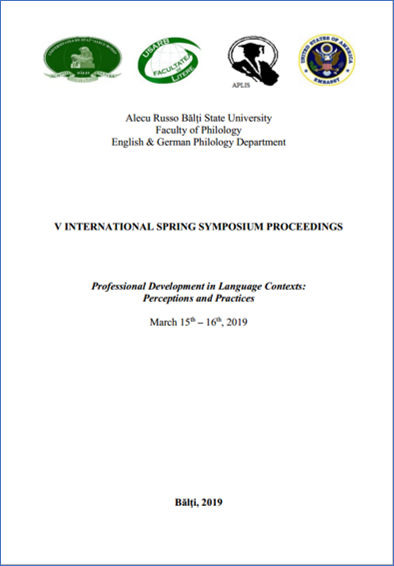
The present research deals with he poetic works of Bogdn Ghiu from the perspective of examining the chromatic symbolism of ‚black’. The poet’s imaginary images become elements-concepts of his writing: the page, the period, the letter, etc., all these being attributed a chromatic scale. ‘White’ and ‘black’ are two essential colours used by the poet to construct images in his poetry. The black colour by symmetry postulates the existence of white and vice versa; thus, a poetic image is being created in the colours of the chess game – black and white. This chromatic opposition may serve as inference to the coal drawing or engravings, or even to the arts of graffiti. As a veritable artist, the poet uses basic signs, such as the dash and the dot to obtain complex images, and harnesses the plain and economical sign – the dot (white and black) – to express profound imageries. From the point of view of semiotics, white and black constitute a system in the poet’s chromatic code, where the white period stands for the creation of the divine world while the black one – the poet’s creation.
More...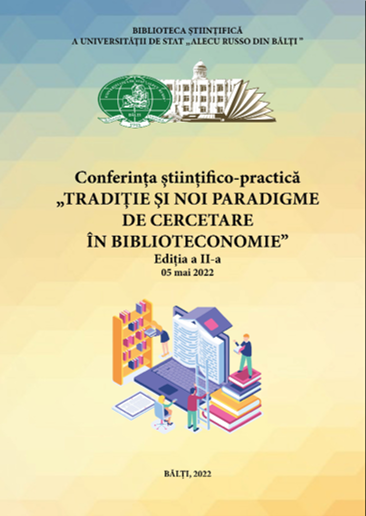
The article highlights the rare book collection of SL USARB „Useful Knowledge", published in the interwar period by the most prestigious and oldest publishing house in Romania - Cartea Românească. Some moments from the biography of the collection are reviewed: the history, the structure, as well as the variety of the contents. The value of the collection consists in familiarizing the reader with information from various fields of human knowledge, the editors being firmly convinced that the healthy training of the youth will contribute to the progress of the country and the nation.
More...
The most representative moments from the life and work of the Romanian playwright and novelist Ion Luca Caragiale are reflected in the communication. Also, the most important works of the writer from the collection of the USARB Scientific Library are used.
More...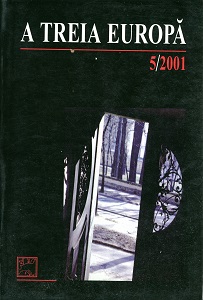
Investigations by: Âgoston Hugo, Anavi Âdâm, Balâzs Imre-Jôzsef, Biro Béla, Mircea Cărtărescu, Demény Péter, Paul Drumaru, Läng Zsolt, Mircea Martin, Carmen Mușat, Anamaria Pop, Ion Pop, Mircea Popa, Szilâgyi Julia, Szonda Szabolcs, Geo Șerban, Vallasek Jûlia, Daniel Vighi, Visky Andrâs.
More...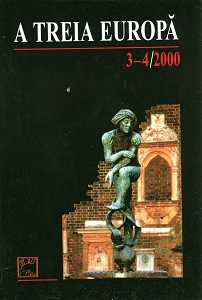
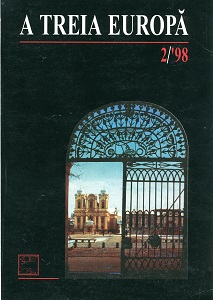
Analogia sugerată de titlu a mai fost făcută. Potrivit lui Kundera, relația aceasta nu este întâmplătoare, ci consecința unui proiect: „Europa Centrală tânjea să fie o versiune concentrată a Europei înseși”. (II, 223) Mai mult decât atât, habsburgii au modelat Europa prin chiar eșecul lor, încât așa se explică asemănarea: „...nu au reușit să construiască o federație a unor națiuni egale, iar eșecul lor este răspunzător de dezastrul întregii Europe”. (II, 226) Jean Clair, în schimb, este atent la proiecția inversă, dinspre prezent către trecut. Creatorii vienezi fuseseră cunoscuți în Europa unul câte unul, dar fenomenul global al culturii vieneze n-a intrat în conștiința continentală decât atunci când s-a ajuns la un nou sfârșit de secol. întrebarea pusă de Jean Clair e retorică: „Oare trebuia, pentru ca să luăm cunoștință de această extraordinară unitate culturală a lumii vieneze [...], să atingem noi înșine sfârșitul secolului?” (I, 46-47)
More...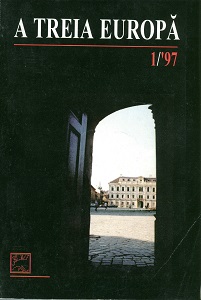
Revista noastră evocă activitatea unui grup de cercetare, ilustrată deocamdată printr-un număr de sesiuni de comunicări științifice, cărți, traduceri. Ne-am propus să redescoperim „cea de a treia Europă”, pusă în umbră de superstiții politice, culturale, literare, ocultată de fanaticii naționalismelor de pretutindeni. E greu să descoperi relațiile adevărate, reale, profunde care s-au creat în spațiul Europei Centrale în ultimele două secole ; dar și mai greu este să studiezi aceste relații din unghiul de vedere al unui spațiu deseori considerat unilateral - spațiul Banatului, al Transilvaniei, al României. O impresionantă cantitate de documente se oferă cercetării : de-a lungul timpului, acest spațiu s-a constituit ca un model de conviețuire. Pentru Lumea de mâine, acest spațiu oferă enorm. Deci nu numai studiu pur și simplu, ci o încercare de a interveni în agitata lume de azi cu o propunere de Model ; o încercare de a defini și de a fixa un șir de repere. Activitatea intelectuală se complinește cu acțiunea, în tentativa de a solidariza un șir deforțe cărturărești, capabile a inaugura un comparatism recuperator și, prin aceasta, modelator. Cei care scriu revista sunt, în marea lor majoritate, tineri sub treizeci de ani. Vrem ca revista să afirme un spirit tânăr, dezinhibat, viu, dinamic. Nu în ultimă instanță, un grup- -model, pentru care cercetarea să însemne creație. în rest, despre proiectele grupului A TREIA EUROPĂ (bibliotecă central-europeană, dicționare ale literaturilor central-europene, traduceri, simpozioane, conferințe ș.a.) s-a scris. Revista e, în felul ei, documentul, mărturia, liantul, manifestul. Apariție semestrială, ea dă sens și ritm unei acțiuni - sperăm - de durată. Să fie într-un ceas bun.
More...
Am fixat ca temă centrală a discuției de față războiul ca eveniment - moment conflictual - al istoriei, mai exact primul război mondial și ecourile sale în două romane generate de spațiul marginal al fostului Imperiu : Transilvania în cazul primului, Pădurea spânzuraților, și Banatul pentru cel de-al doilea, Femeie, iată fiul tău.
More...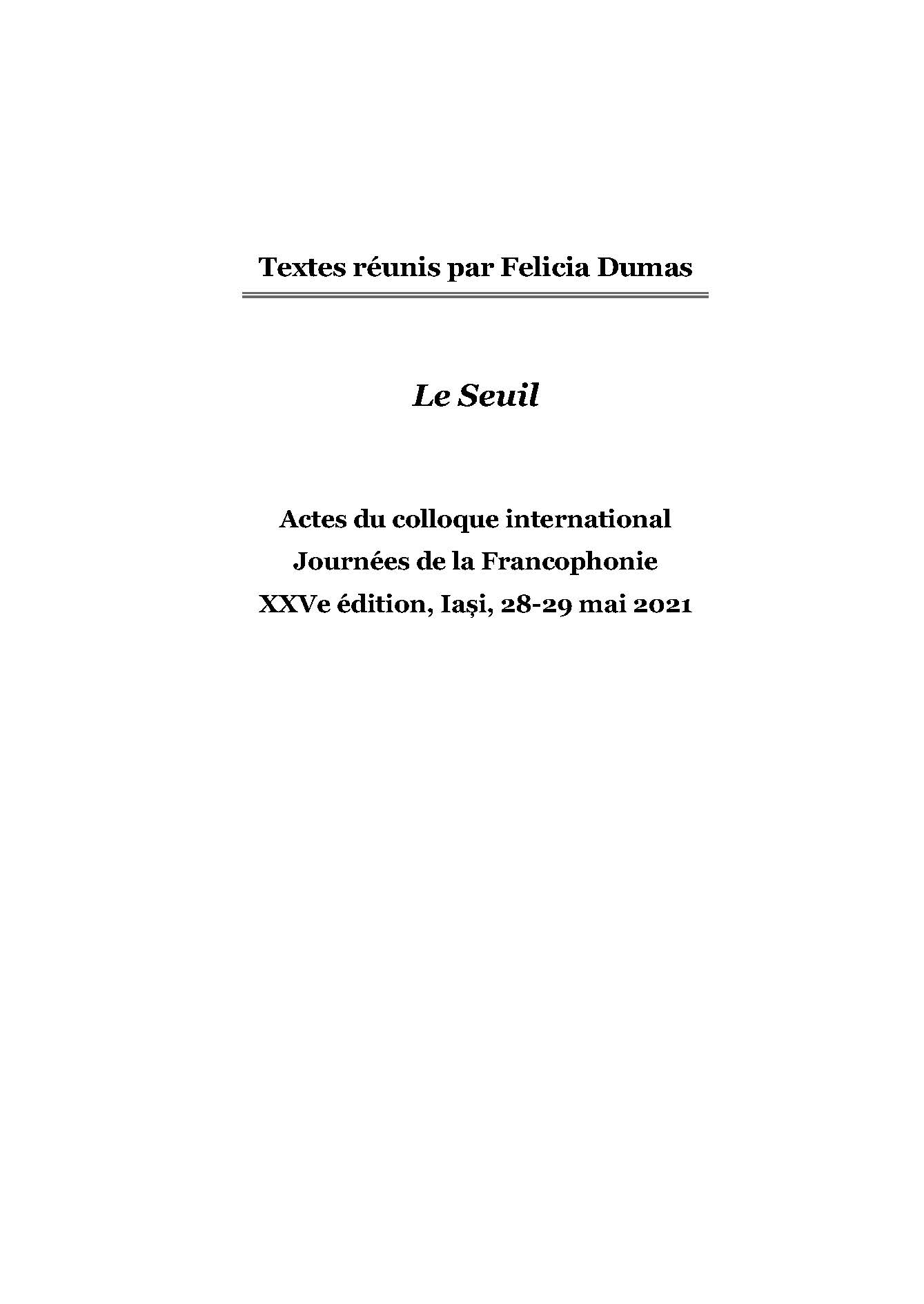
Like the myths, the tales challenge our spirit and a worldview historically based on materialism, on the philosophy of the excluded third, on linear temporality and on submission to the laws of causality. The fairy tales, and this Romanian one in particular - Youth Without Age and Life Without Death -, offer us a way out of our customary reductionism, allowing a holistic and metaphysical approach in the broadest sense. What makes the originality, if not the uniqueness, of this tale is that we are dealing with a triple threshold, or rather with three thresholds.
More...
Written in French and Romanian, Vintilă Horia’s autobiographical work dedicates an important amount of space to the recounting of dreams: memorable nocturnal dreams, as well as poignant daytime reveries of the self that tells of itself are transcribed, often commented upon and interpreted. The writer pays extreme attention to signs, that is to say, in baudelairian terms, to the forest of symbols he traverses. On the other hand, the experience of exile and wandering, so painful to the author, have elevated the Home Country, in his view, to the status of an absolute, mythical and heavenly place, and thus have created inside his subconscious a parallel geography of the world. However, sometimes, this particular type of experience, which is situated on the plane of the “imaginal world” (Henri Corbin), increases in intensity with lightning speed: a certain oneirical threshold is crossed without warning; and then we readers find ourselves, in the company of the subject expressing himself but also through him, immersed in the midst of a visionary space. These are some of the most important aspects that we aim to briefly analyse in this paper, browsing through a remarkable autobiographical body of texts, comprising some 1500 pages, that this great exile and Goncourt winner (1960) has left behind.
More...
Benjamin Fondane is a Romanian author which at the age of 25 left for France, where he became a renown philosopher and expert in aesthetics. This modification of geographical coordinates had a significant impact on the author: the threshold he has to pass is not only linguistical but also creative. His life there isn’t facile and has to face the French language, which he knew but only by means of reading. Fondane’s meeting with Shestov was an important event in his life in France; it is Shestov who insists that he should read philosophy and also encourages him to write philosophy. It is for this reason that Fondane’s French poetry, his philosophical essays and aesthetic studies bear, to a certain extent, the mark of Shestov. Shestov and Fondane are philosophers of mystery and metaphysical anxiety, of the suffering of the individual and of the dialogue between man and God – if Shestov continues on the path of religious thought, Fondane remains more firmly attached to the Jewish spiritual identity and this fact is quite apparent – all of his philosophical and poetic work confirms it.
More...
The main cultural threshold to Romanian books from the Bessarabian space is represented by religious texts. These constitute the link between the Romanian background and the new historical context of Russian origin of the 19th century. These texts have had a dual role in the maintenance and development of Christianity on the one hand, and in the propagation of cult variants of the Romanian literary language on the other. This study will analyse the first Romanian book produced in this political framework dominated by the Russian Empire, a liturgical book printed by the Metropolitan Gavriil Bănulescu-Bodoni in 1815, in Chișinău. The Liturgy is written in Cyrillic script, in Romanian, but it strictly followed the compositional structure and formal organization of Russian books.
More...
The French poet Paul Verlaine belongs to classicism from the point of view of poetic form and to modernity from the point of view of semantic content. His poems question the created artistic universe, just as modern poetry does. His lines are noticed by order, rigor and symmetry. The poets Dimitrie Anghel and Șt. O. Iosif tried to translate them in such a way that their variant has on the Romanian reader the same effect as the original on the French reader.
More...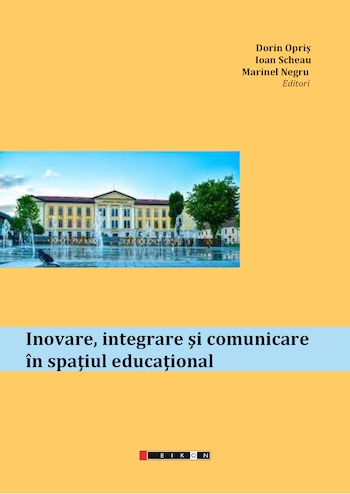
Traditional ways of approaching the literary text tend not to identify and explore the deep resources of imagination and creativity that each pupils possesses. Integrated contents through literature and visual arts should inspire pupils to explore and develop these hidden resources, giving them the opportunity to evolve and contribute to society in unique ways. Reading fairy tales, for example, takes pupils to fantastic realms, offers them the opportunity to meet different characters, portrayed in different situations and colours, and introduces elements that can inspire their imagination when creating art work. The condition to transpose a literary work into an art work, a meaningful excerpt of the text should be selected and read, the elements that the art work is to be based on should be highlighted, and methods and procedures appropriate to the proposed content should be applied. The scientific problem considers the theoretical substantiation and methodological instrumentation of the pedagogical conditions necessary to ensure the efficient interaction between the methods and procedures applied during the processing of a literary work in correlation with visual arts oriented to developing the imagination and creativity of younger school age pupils. The aim of our paper is to design a conceptual model of interaction of methods applied in the classes of literary text processing in correlation with visual arts in the younger grades of elementary school in order to optimize the didactic act. This paper is very important from an interdisciplinary point of view, but also to highlight, trough images and words, the values of interculturality at the geographical area where the Romanian language and visual arts are learned in the pupil’s mother tongue.
More...